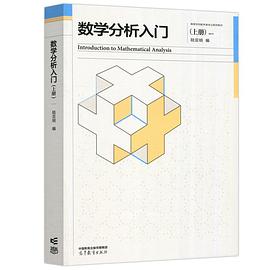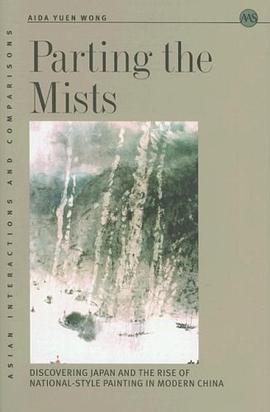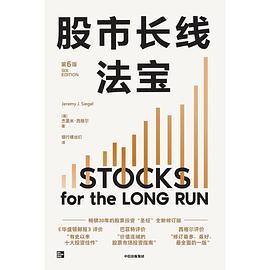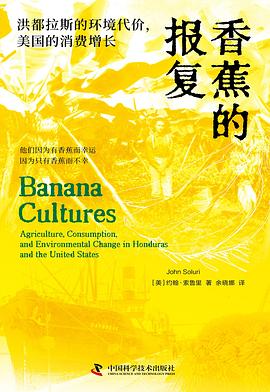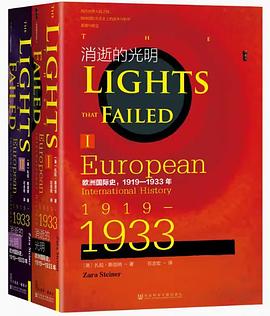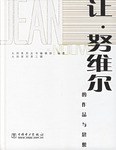Hygienic Modernity
内容简介
Placing meanings of health and disease at the center of modern Chinese consciousness, Ruth Rogaski reveals how hygiene became a crucial element in the formulation of Chinese modernity in the nineteenth and twentieth centuries. Rogaski focuses on multiple manifestations across time of a single Chinese concept, weisheng—which has been rendered into English as "hygiene," "sanitary," "health," or "public health"—as it emerged in the complex treaty-port environment of Tianjin. Before the late nineteenth century, weisheng was associated with diverse regimens of diet, meditation, and self-medication. Hygienic Modernity reveals how meanings of weisheng, with the arrival of violent imperialism, shifted from Chinese cosmology to encompass such ideas as national sovereignty, laboratory knowledge, the cleanliness of bodies, and the fitness of races: categories in which the Chinese were often deemed lacking by foreign observers and Chinese elites alike.
......(更多)
作者简介
Ruth Rogaski is Associate Professor of History at Vanderbilt University.
......(更多)
目录
List of Illustrations
Acknowledgments
Prologue: Sun the Perfected One’s Song of Guarding Life
Introduction
1. "Conquering the One Hundred Diseases":
Weisheng before the Twentieth Century
2. Health and Disease in Heaven’s Ford
3. Medical Encounters and Divergences
4. Translating Weisheng in Treaty-Port China
5. Transforming Eisei in Meiji Japan
6. Deficiency and Sovereignty:
Hygienic Modernity in the Occupation of Tianjin, 1900–1902
7. Seen and Unseen:
The Urban Landscape and Boundaries of Weisheng
8. Weisheng and the Desire for Modernity
9. Japanese Management of Germs in Tianjin
10. Germ Warfare and Patriotic Weisheng
Conclusion
Glossary
Notes
Bibliography
Index
......(更多)
读书文摘
苏珊·伯恩斯(Susan Burns)描述这个时期的特点是:就身体的占有权,国家与社会展开了激烈的争论。国家应该在何种程度上(以及通过什么方法)干预其公民的健康呢?在什么范围内卫生史一种私人的追求,又在什么范围内它是国家的特权呢?在什么程度上公民可以保持对自己身体的最后控制权?
......(更多)

